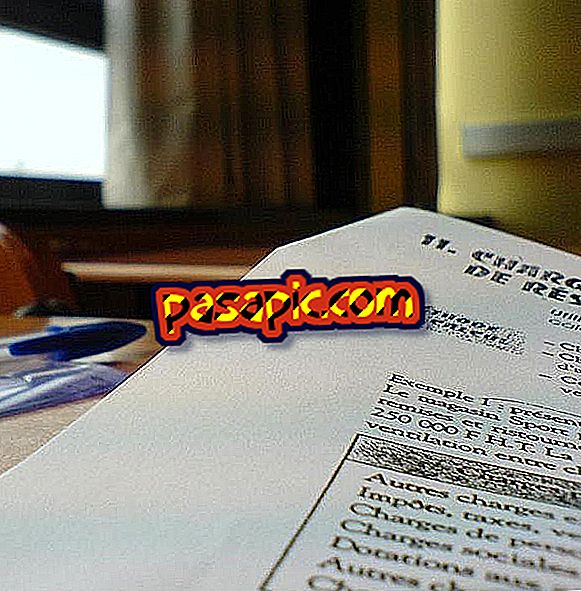How to identify distinctive stamps of foreign silver

Distinctive stamps are small prints that are stamped on the silver as the manufacturer's identification, as well as showing the date and the country from which it comes. It is very complicated to know all the stamps, but if you are fond of collecting pieces of this metal, you can familiarize yourself with some badges and know their origin. In this article, we offer you some tips on how to identify distinctive stamps of foreign silver.
one
Look in the piece of silver for a distinctive or impression ; You can help yourself with a jeweler's loupe to make your task easier.
two
If you find a brand with a half moon and a crown next to the number "800", it will be a German emblem from the late nineteenth century to the present.
3
In case the brand has a lion looking to the left surrounded by a rectangular border, you will be facing the Lion Passant, an English brand of silver from the beginning of the 18th century to the present era.
4
Those badges that seem to be the head of a soldier who is looking to the right show Minerva, the hallmark of French silverware from the late eighteenth century to the present day. Another of the French brands that you can find is an eagle's head, although if it appears on a number, the silver may be from Portugal.
5
You will be able to identify the Dutch silver by its distinctive with a lion, but in this case it looks to the right and is surrounded by a rectangular shape with the top end in pointed and sharp edges.
6
If you find yourself before a seal in the form of a three-leaf clover and three crowns, the silver will be Swedish.
7
A female figure holding a harp and a staff corresponds to Hibernia, which is also the Latin name for the island of Ireland. In case the harp has a crown, it will be a piece of silverware from Dublin, the Irish capital.
8
You can also find distinctive stamps from Japan, which will be stamped with the inscription "950 Sterling" or "950 Silver". It can be either of them indistinctly, but not both.
9
If you find the inscription "TAXCO" in a piece of silver, you will know that it has been made in Mexico.
10
There are publications in which you can consult the distinctive stamps of foreign silver and know their origin. Likewise, you can also count on some online catalogs that will help you in your task.


